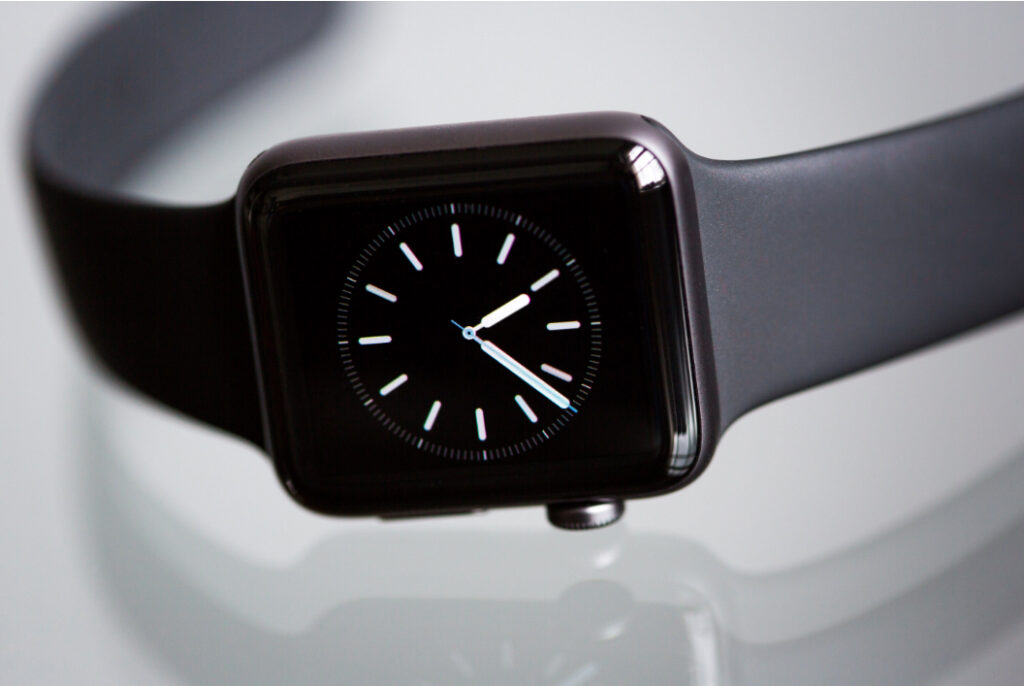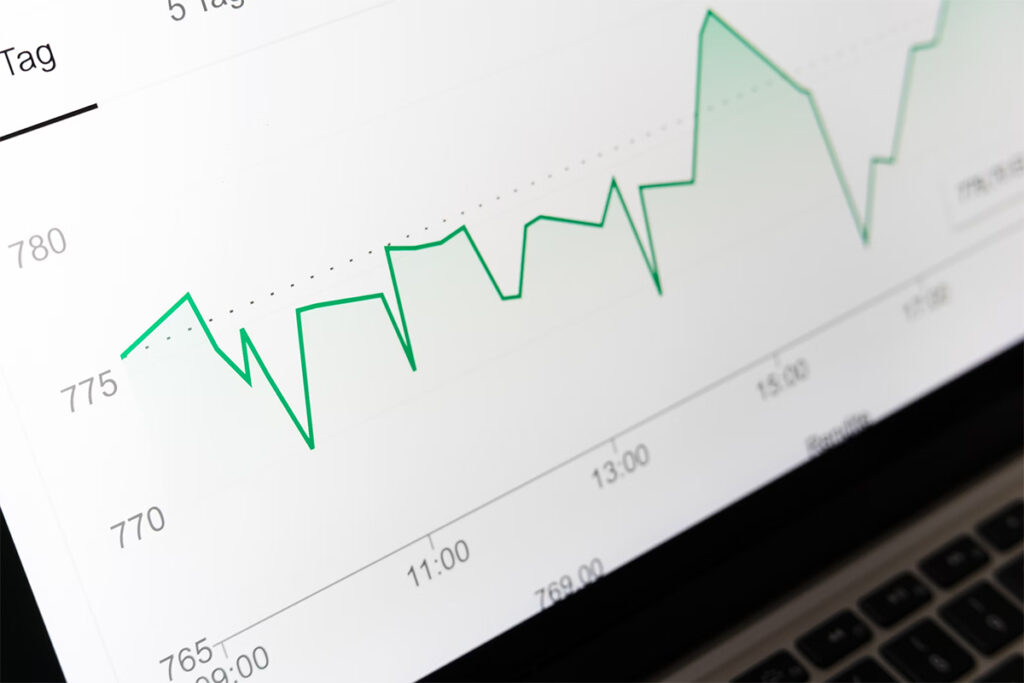Apple Watch Sales Suspended in the U.S. Amid Patent Dispute with Masimo
Due to Masimo Corporation’s victory in a lawsuit alleging patent infringement, Apple discontinued selling its Series 9 and Ultra 2 wristwatches in the US. It marked a significant turning point in the company’s history. The noteworthy endeavor to block substantial sales during the profitable holiday season highlights the wider consequences of intellectual property regulations for the technology industry. In addition to the challenges associated with corporate responsibility, competitive innovation, and the changing wearable technology landscape, Apple also confronts challenges in navigating legislative restrictions and their effects on product strategy and market position. This paper looks at the strategic, legal, and financial ramifications of a conflict between industry innovation and compliance.
Legal Battle Outcome: Halting of Apple Watch Series 9 and Ultra 2 Sales
Apple has decided to stop selling the Apple Watch Series 9 and Ultra 2 in the US. It might be challenging for physical and online businesses to meet the demand for new Apple products around the holidays. Apple’s strict adherence to ITC rules is evidence of its total dominance over the IT industry. Apple’s commitment to legality is demonstrated by its choice to stop providing key product categories.
The Heart of the Dispute: Blood Oxygen Sensor Patent Controversy

The litigation hinges on the use of patented pulse oximetry technology by Masimo, which is integral to Apple’s smartwatches for blood oxygen measurement. The ITC’s ruling affirms Masimo’s claims against Apple’s Series 6 and subsequent models for unlawfully using this health-centric feature. This decision not only reinforces Masimo’s intellectual property rights but also highlights the competitive tensions and legal complexities in incorporating medical technologies into consumer electronics, reflecting on the industry’s need to balance innovation with respect for patents.
Financial and Market Impact: Apple’s Revenue and Stock Performance
The Apple Watch sales prohibition will have an impact on Apple’s financial forecast and stock market performance. Because these popular models contribute considerably to Apple’s Wearables, Home, and Accessories sectors, their withdrawal may have a financial impact. Following the revelation, Apple’s stock price plummeted, suggesting market fears about the company’s legal flexibility. Masimo’s stock soared following the legal victory, demonstrating the market’s reaction. Patent controversies have far-reaching consequences for firm finances and investor trust.
Looking Ahead: Apple’s Legal Strategy and Product Future
To avoid future patent infringements, Apple is considering product redesigns and appealing the legal challenge. The company’s plan highlights a wider need to innovate within legal boundaries, maybe by establishing new technology development and intellectual property compliance criteria. Apple’s legal activities and product strategy will be scrutinized to see how the tech sector adapts to intellectual property restrictions and competes. This period will determine how IT businesses, such as Apple, balance supplying new features with navigating the patent landscape.
Apple’s Apple Watch Series 9 and Ultra 2 models have been halted owing to a patent dispute with Masimo, highlighting how such legal battles may affect innovation, market dynamics, and corporate strategy. This case, as well as Apple’s subsequent changes, will have an impact on Apple’s future product line and set a precedent for how digital titans approach intellectual property rights. This key juncture highlights the delicate balance between innovation and legal compliance, highlighting technological advancement within patent laws and market competitiveness. The outcome will have long-term implications for wearable technology and technology in general.

